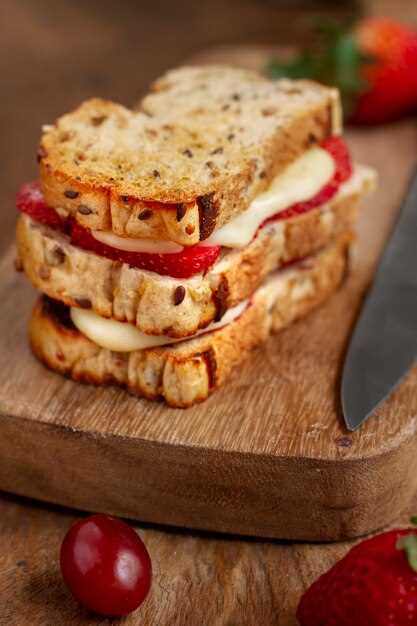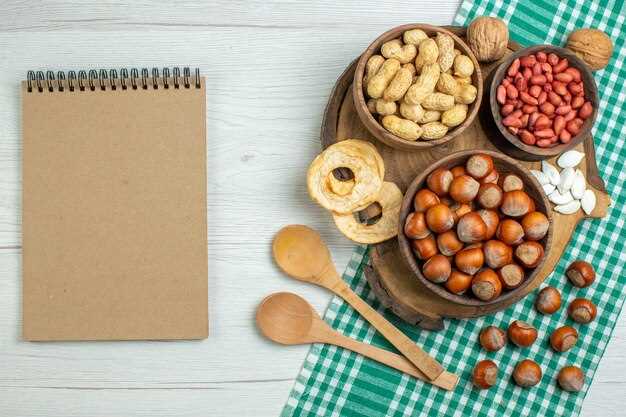Craving that comforting, golden-brown concoction from your local coffeehouse? Forget the line! This guide provides precise instructions for crafting a nearly identical version in your own kitchen, using readily available ingredients and minimal effort. We’ve meticulously deconstructed the flavors and textures, ensuring a satisfying duplicate of the original toasted bread and dairy delight.
Achieving that perfect melt depends on specific dairy blends. We recommend a combination of sharp cheddar for its bite, provolone for its smooth texture, and Gruyère for its nutty richness. Crucially, shred the components yourself for superior melting compared to pre-shredded varieties due to added cellulose.
For the bread, opt for a thick-cut, slightly tangy sourdough or a similar artisan loaf. Buttering the bread evenly and cooking it over medium-low heat is key to achieving that signature golden-brown crust without burning. The result? A decadent, gooey, and utterly satisfying cafe-style treat, made exactly to your liking and without leaving home.
Gather Your Ingredients
For optimal flavor fusion, select aged white cheddar and Monterey Jack.
| Ingredient | Quantity | Notes |
|---|---|---|
| Sourdough bread slices | 2 | Choose thick-cut for a robust texture. |
| Aged White Cheddar | 2 ounces | Shredded, ensures faster melting. |
| Monterey Jack | 1 ounce | Shredded, adds subtle sweetness. |
| Butter | 1 tablespoon | Unsalted, controls the sodium level. |
| Mayonnaise | 1 teaspoon | Adds a tangy richness, optional. |
For extra zest, consider adding a dash of garlic powder or paprika to the butter before spreading.
Perfecting the Cheese Blend
For optimal melt and flavor, combine sharp cheddar (50%), Monterey Jack (30%), and Gruyère (20%). Adjust proportions based on personal preference, but maintain a ratio that prioritizes cheddar’s tang and Gruyère’s nutty notes.
Pre-shred all varieties using a box grater. This ensures even distribution and faster melting during toasting. Avoid pre-shredded mixes, as they often contain cellulose, which inhibits smooth melting.
Experiment with smoked Gouda (replacing up to 10% of Gruyère) for a deeper, richer taste profile. Consider adding a pinch of garlic powder (approximately 1/8 teaspoon per preparation) to the shredded mix for a subtle savory dimension.
The ideal internal temperature for a molten core is 160°F (71°C). Use a food thermometer to verify doneness. Overheating can result in greasy texture.
Mastering the Heat Application
Aim for medium-low heat; around 300°F (150°C) on an electric skillet. This prevents burning the bread before the dairy product melts properly. Monitor the heating element’s cycle; adjust heat accordingly to maintain a steady temperature.
Optimal Buttering Procedure
Use softened butter, about 1 tablespoon per outside bread slice. Distribute it evenly, reaching all edges. Consider clarified butter or ghee for a higher smoke point, minimizing burning. Apply butter just before placing bread on the griddle, not well in advance.
Achieving Uniform Browning
Press down gently but firmly with a spatula throughout the cooking process, especially during the first few minutes. This ensures consistent contact with the cooking surface, resulting in an evenly golden-brown crust. Rotate the bread 180 degrees halfway through cooking each side to correct for uneven heat distribution across the griddle.
Enjoy Your Copycat Creation
Pair your toasted dairy melt with tomato soup for a classic comforting experience. Consider adding a sprinkle of paprika to the butter before toasting for enhanced color and subtle smokiness.
For a heartier meal, serve your warm dairy creation alongside a crisp green salad with a lemon vinaigrette. Store any leftover preparation ingredients separately; the spread can be refrigerated for up to three days.
Experiment with different bread types, such as sourdough or brioche, to modify the flavor profile of your homemade snack. Sharp cheddar or Gruyère deliver a richer flavor compared to milder options.
Q&A:
What kind of cheese blend actually tastes the closest to the Starbucks version? I’ve tried a few different combinations, and none quite match the gooey flavor.
Starbucks uses a specific three-cheese blend in their grilled cheese. To get a really similar flavor at home, try combining white cheddar, mozzarella, and Monterey Jack cheeses. The white cheddar gives it that sharp, tangy base, the mozzarella provides the stretch and that gooey texture, and the Monterey Jack adds a certain mild sweetness that balances it out perfectly. Experiment with the ratios a bit; some people prefer more cheddar for a bolder taste, others like more mozzarella for extra meltiness. You can shred the cheese yourself for the best melting performance, or buy a pre-shredded mix that is specifically for melting. This will allow for a better consistency of flavors and will contribute to a better quality result.
The bread seems really important for this sandwich. Can I just use any old sliced bread, or are there certain types that work better?
While you can technically use just about any sliced bread, selecting the right bread can really elevate the final product. Starbucks uses a multigrain bread that’s thick-cut and has a slightly sweet, nutty flavor. If you want to replicate that, look for a bread with a similar profile. Sourdough can also be a good choice, though it will give a slightly tangier taste. Avoid very thin or flimsy bread, as it won’t hold up well to the cheese and grilling. The thickness of the bread is an asset and will contribute to the final flavour profile.
What’s the secret to getting that perfect golden-brown crust on the bread without burning the cheese? My attempts usually result in either burnt bread or unmelted cheese!
The key is low and slow cooking. Use medium-low heat, and don’t rush the process. Cover the pan with a lid while the sandwich is cooking. This helps to trap the heat and melt the cheese thoroughly while the bread toasts to a nice golden brown. Also, using butter or mayonnaise on the outside of the bread will also contribute to a browning effect and will protect the surface from getting burned too easily. If your bread is browning too fast, lower the heat. If your cheese isn’t melting fast enough, try adding a tiny bit of water to the pan and quickly covering it with the lid; the steam will help melt the cheese without burning the bread.
I’m vegan. Is there a way to make a vegan version of this grilled cheese that still tastes good? What cheese and butter substitutes would you recommend?
Yes, you can definitely create a delicious vegan version! Look for plant-based cheeses designed to melt well, such as brands like Violife, Daiya, or Miyoko’s Kitchen. Some varieties melt better than others, so read reviews. For the “buttery” spread on the bread, use a vegan butter alternative (like Miyoko’s Kitchen Cultured Vegan Butter) or even a light coating of olive oil. For bread, make sure it is also vegan (some contain honey). There are multigrain options available that will resemble the bread from Starbucks. A combination of these elements will help to get the best flavour profile that is similar to the original but remains completely within the vegan requirements.




